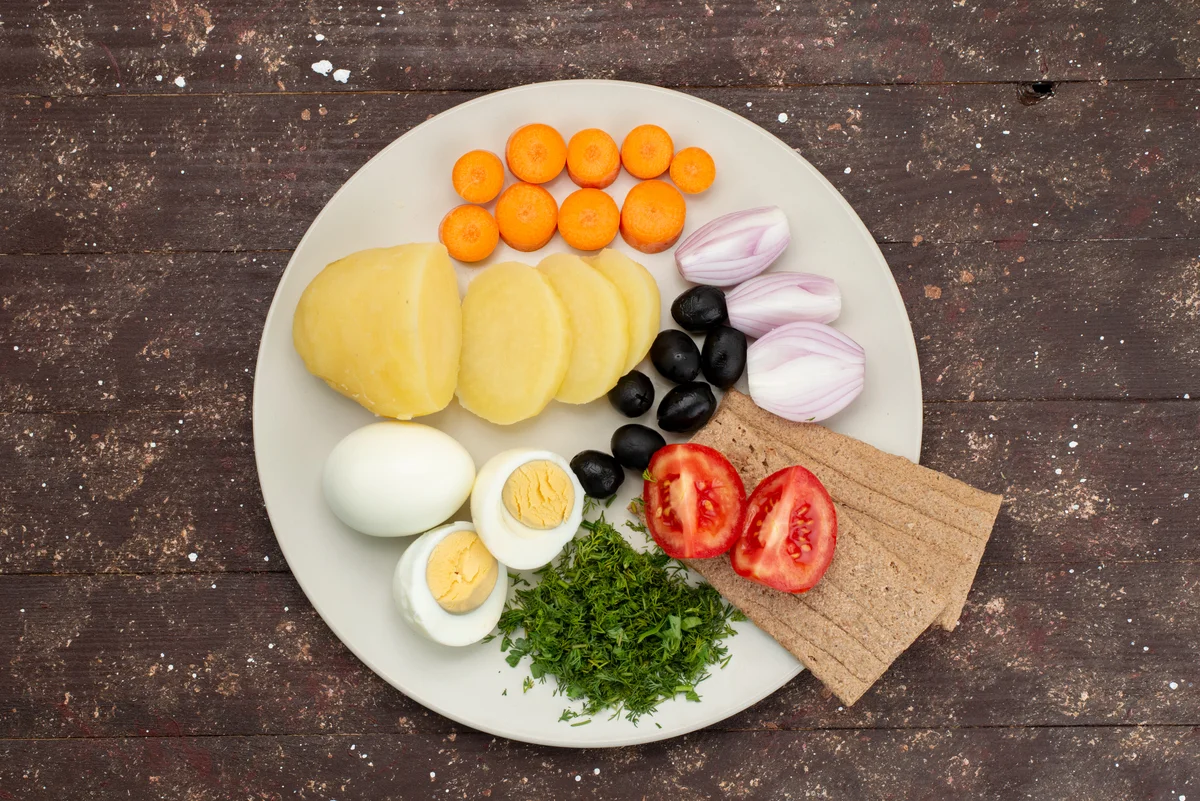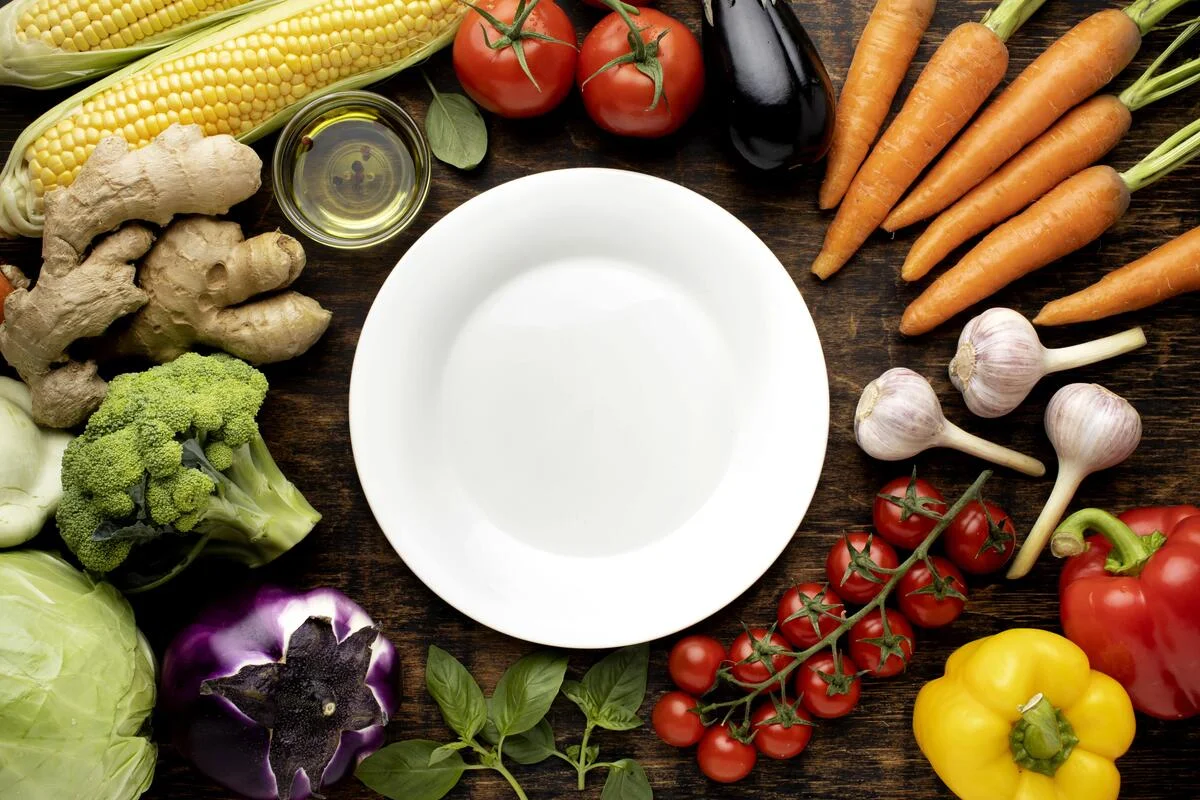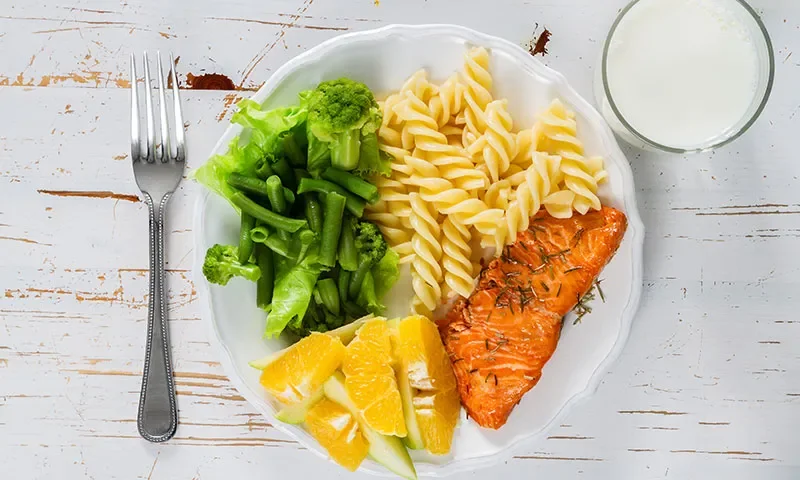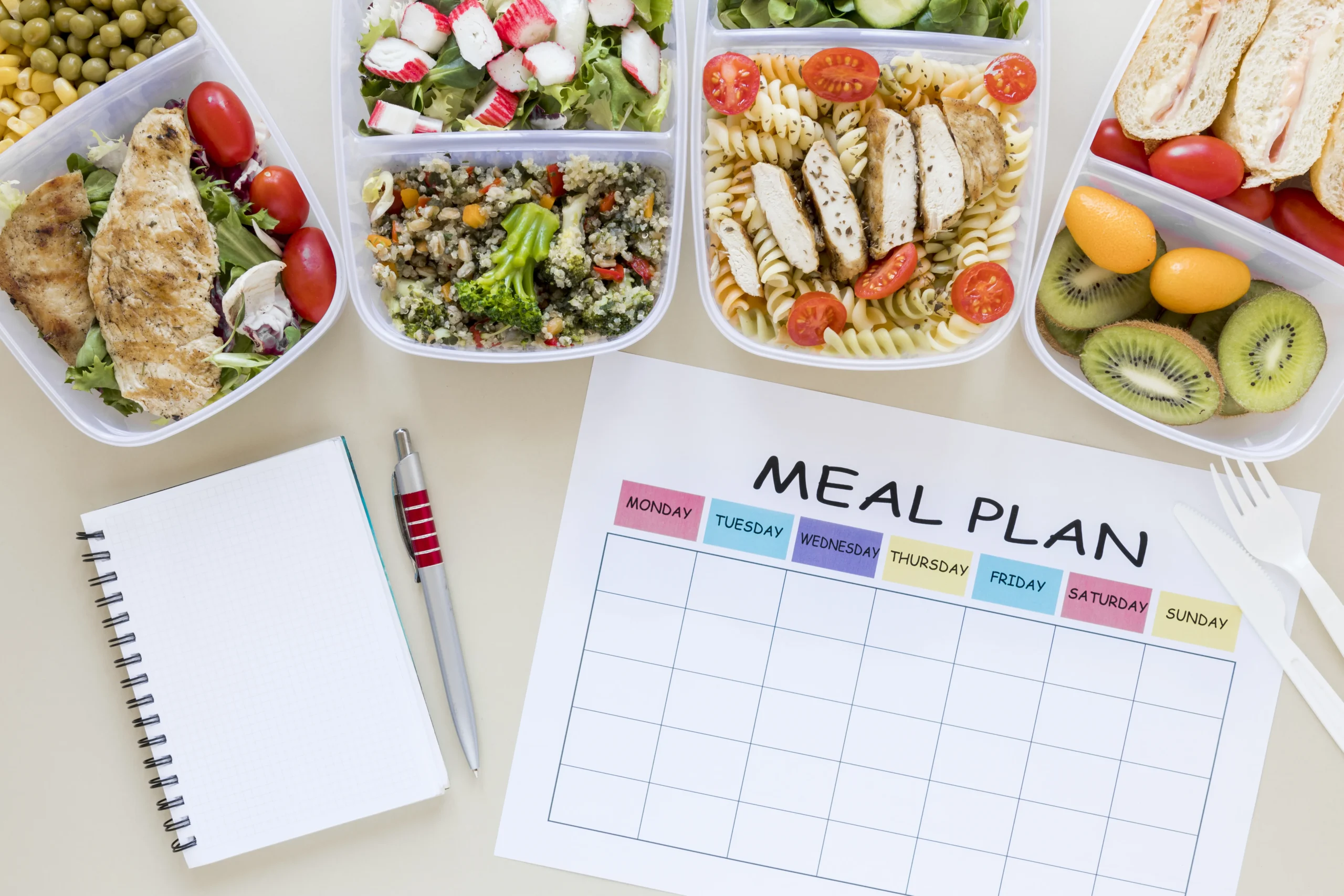Creating a healthy lifestyle begins with what you put on your plate. A balanced plate is not just a trend; it’s a powerful method of eating that supports your body’s daily needs. Instead of counting calories or following confusing diet rules, this approach offers a simple and visual way to build nutritious meals. It helps you make healthier choices without feeling restricted.
A balanced diet typically includes a mix of vegetables, fruits, whole grains, lean proteins, and healthy fats in the right proportions. This combination fuels the body, boosts immunity, and keeps you energized throughout the day. Whether you want to manage weight, improve digestion, or just feel more active, a balanced plate fits into every lifestyle and dietary preference.
By practicing this habit consistently, you can avoid nutrient deficiencies, reduce cravings, and maintain a steady energy level. More importantly, it brings awareness to how much and what kind of food your body truly needs. This article explores how the balanced diet method works, its benefits, common mistakes to avoid, and how to apply it in daily life.
What Is a Balanced Plate and Why Does It Matter
A balanced plate is a visual way to build meals that meet your nutritional requirements without the need to count calories or follow complex diets. It ensures you’re getting a good proportion of all essential food groups.
When you eat a meal that includes vegetables, whole grains, lean proteins, and healthy fats, you feel full longer, maintain steady energy, and support your metabolism naturally. This method also helps reduce cravings and keeps blood sugar levels stable throughout the day.
Eating this way also supports long-term goals like weight management, improved immunity, and better heart health. And the best part? You don’t need expensive plans, just real, whole foods in the right balance.
Main Components of a Balanced Diet

A truly balanced plate brings harmony to your meals by combining essential food groups in the right proportions. Half of your plate should be filled with non-starchy vegetables like leafy greens, carrots, and bell peppers. These foods are rich in fiber, antioxidants, and water, which help with digestion and keep you feeling full.
A quarter of the plate should include high-quality proteins such as lean meat, lentils, tofu, or eggs, essential for muscle repair and overall strength. The remaining quarter should be reserved for whole grains or starchy vegetables like brown rice, sweet potatoes, or quinoa. These provide long-lasting energy and support brain function.
Key Food Groups for a Balanced Plate
- Vegetables: Spinach, kale, broccoli, peppers
- Proteins: Chicken, beans, fish, tofu
- Whole grains/starchy veggies: Oats, brown rice, sweet potatoes
- Fruits: Apples, berries, citrus
- Healthy fats: Avocado, olive oil, nuts, seeds
These food groups together support digestion, boost your immune system, and maintain hormonal balance. Water or herbal drinks are ideal to accompany the plate. Avoid sugary beverages that add empty calories.
Benefits of a Balanced Plate Approach
The healthy diet method is simple, flexible, and works for nearly every lifestyle. Unlike restrictive diets that cut out entire food groups, this approach promotes variety and moderation. Whether you follow a vegetarian, vegan, Mediterranean, or low-carb diet, a balanced plate can be customized to fit your nutritional needs without stress.
It encourages whole, natural foods and helps you make smart choices at every meal. This method also brings long-term health improvements. It supports digestion by including fiber-rich vegetables, stabilizes blood sugar with complex carbohydrates, and promotes steady energy through balanced macronutrients.
A balanced, healthy diet helps with sustainable weight control and reduces cravings by keeping you full longer. It also develops mindful eating habits by encouraging you to pay attention to what and how much you’re eating, leading to a healthier relationship with food.
Balanced Plate for Weight Loss and Energy: Two-in-One Solution

Maintaining a healthy plate not only aids in weight loss but also supports sustainable energy levels. Balanced meals slow digestion, which prevents blood sugar spikes and crashes, keeping you more focused and energized.
This strategy helps reduce emotional eating because your body is satisfied with the nutrients it receives. A plate loaded with vegetables and lean protein keeps you full for longer, helping to cut down unnecessary snacking.
Now, let’s break down some food group choices for your daily plate:
- Ideal Foods for a Healthy Plate
- Leafy greens: spinach, kale, lettuce
- Lean proteins: eggs, tofu, fish, beans
- Whole grains: brown rice, oats, quinoa
- Healthy fats: olive oil, avocado, seedsFruits: apples, berries, oranges
Balanced Plate for Children and Teens
For children and teenagers, a balanced plate plays a critical role in their physical and mental development. These years are marked by rapid growth, and the body needs a steady supply of nutrients to support height, muscle strength, and brain function. Meals rich in protein, calcium, iron, and fiber help fuel active bodies and sharp minds.
Providing a mix of colorful fruits, vegetables, whole grains, and lean proteins ensures that young individuals get everything they need in one meal. Including calcium-rich options such as dairy products or fortified plant-based alternatives strengthens bones and teeth during these crucial years. Balanced eating also reduces the risk of developing early lifestyle-related health issues.
Parents and caregivers can make healthy eating fun by allowing kids to build their own plates. Teaching them to balance each meal visually makes the habit enjoyable and easy to follow. Swap out chips and sodas for fruit slices, boiled eggs, or homemade smoothies to create snacks that are both nutritious and appealing.
Common Mistakes in Creating a Balanced Plate

Even with the best intentions, many people unknowingly create meals that aren’t truly balanced. This often happens when one food group dominates the plate while others are overlooked. For example, focusing too much on protein while skipping vegetables or choosing refined carbs instead of whole grains can disrupt the nutritional balance.
These errors may lead to low energy, slow digestion, and missed health goals. The solution lies in mindful meal planning that includes all essential components in the right proportions.
Mistakes to Avoid for a Healthy Plate
- Skipping vegetables or adding too few
- Relying too much on refined carbs
- Overeating protein and skipping fiber
- Ignoring healthy fats completely
- Eating portions that are too large
Balanced Plate for Diabetics and Heart Health
The balanced plate approach is particularly beneficial for people with diabetes or heart conditions. It promotes better blood sugar control and heart-friendly nutrition. Fiber-rich vegetables and whole grains reduce cholesterol while lean proteins support muscle health.
It also minimizes processed foods and hidden sugars, both of which are harmful for these conditions. Choosing low-sodium, unprocessed ingredients further supports overall cardiovascular function.
Balanced Plate vs. Diet Trends
Unlike restrictive diets, the healthy plate is sustainable and enjoyable. It doesn’t promote cutting out entire food groups. Instead, it encourages variety, which ensures your body receives every essential nutrient.
Trendy diets may lead to short-term results, but they often fail to provide long-term health. The balanced plate builds strong foundations for lifelong well-being.
Conclusion:
The concept of a balanced plate goes beyond weight; it’s a lifestyle change. It simplifies healthy eating into an easy visual tool, helping you enjoy food without guilt. You don’t have to give up your favourites; just learn to build your meals wisely.
Whether you want to lose weight, manage a health condition, or simply feel better daily, this approach adapts to your goals. You’ll eat cleaner, think sharper, and feel stronger.
A healthy plate teaches you to listen to your body, eat intuitively, and enjoy every meal without stress. Start small, stay consistent, and you’ll see the difference.
Before you go, don’t miss: stuff to eat




